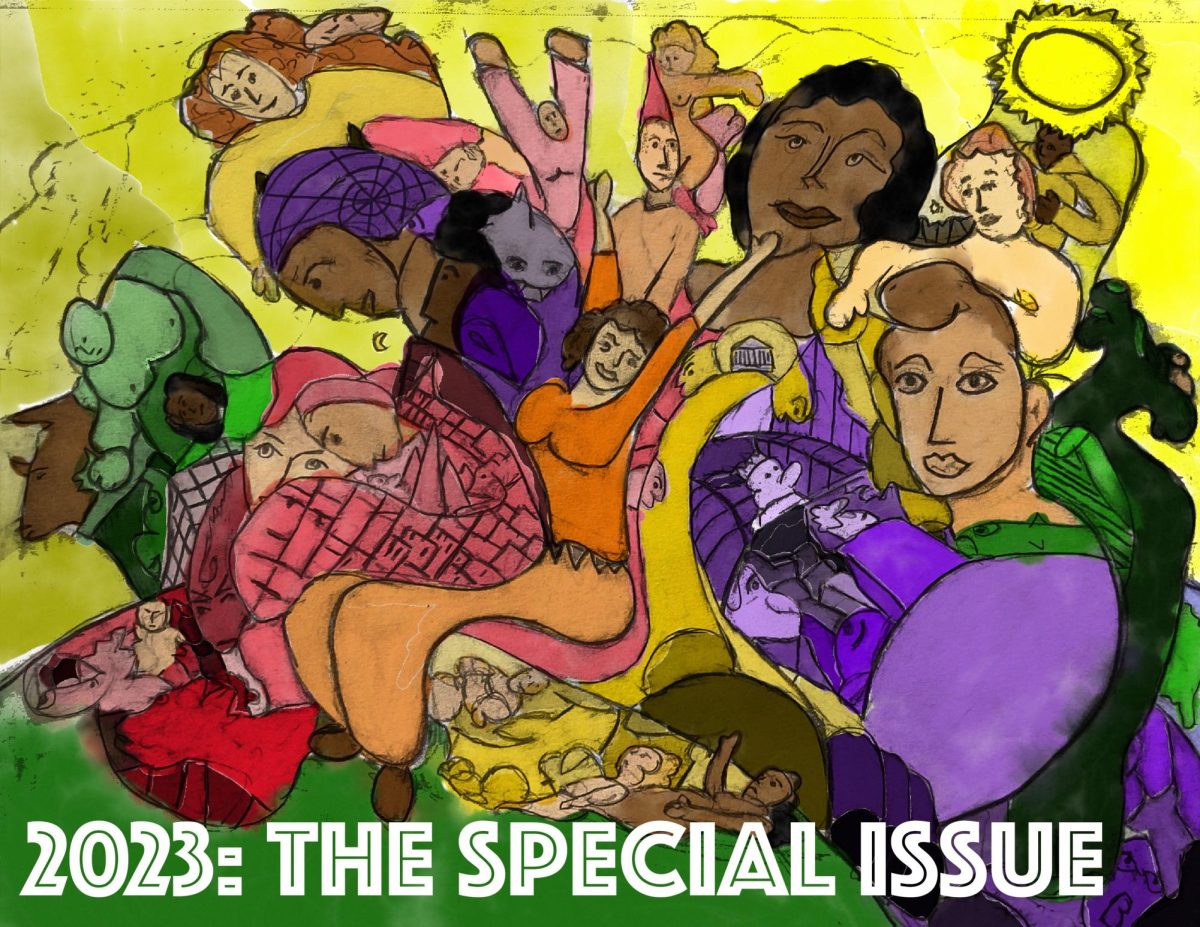Drastic changes within our society have taken place since the release of “The Hunger Games: Mockingjay: Part II,” the final instalment in the franchise. Or so we thought. Eight years later, “The Hunger Games: The Ballad of Songbirds and Snakes,” invites us once again to experience the cruel yet extravagant world of Panem, while also allowing the audience to gain a greater understanding of one of the more sinister characters, President Coriolanus Snow. The film was released on Nov. 17, and has earned over $100.8 million worldwide, while receiving mixed reviews from critics and fans alike. The movie is based off of the book “The Ballad of Songbirds and Snakes,” written by author of the franchise, Susanne Collins. She was joined by director Francis Laurence, the original director of the entire franchise as they attempted to bring Panem to life once again, but from an earlier, crueler version of the Capitol fans have come to know.
The movie includes three separate parts following the journey of Snow, played by Tom Blyth, as he endures different challenges that all play a key role in eventually transforming him into the ruthless President Snow. Actor Peter Dinklage plays Casca Highbottom, the mastermind behind the idea of the Hunger Games and director of the Academy, which Snow is currently attending. He is partnered with Dr. Volumnia Gaul, played by Viola Davis, the current game maker.
The film begins when Highbottom presents his students with a final project: acting as the first ever mentors for the upcoming tributes in the tenth annual Hunger Games. This idea is set into motion because the Capitol believes with the inclusion of fresh minds and ideas the games will become more interesting and spike viewership.
The challenge is not only to create the winning tribute, but to also create the most entertaining tribute, a spectacle, that fans all across Panem will fall in love with. The mentor who succeeds will receive a full ride to the university which is crucial to Snow, as his once high-status family is struggling financially. Snow is paired up with the female tribute from District 12, Lucy Gray Baird, played by Rachel Ziegler. Gray is far from boring; as the audience is introduced to her during the live broadcast of her reaping, she immediately breaks into song as a sign of rebellion.
The film successfully portrays the true internal struggle Snow faces, deciding between good and evil. The unraveling of Snow’s truly deranged mind was present through the erratic behaviors Snow inhabits within his relationships in the film. A great example of this shown flawlessly by filmmakers is through the interactions between Snow and his cousin Tigris, played by Hunter Schafer. In the beginning of the film, Tigris and Snow are extremely close-knit, seen helping each other through difficult times. Tigris consistently advocates that it’s okay for Snow to differ from his father, a cruel military general, as she wants him to grow into a kind man.
It is important to note the love Snow felt for Gray, and how it almost led to his demise. Not only did he get caught cheating in the games to keep Gray alive but also decided to murder the mayor’s daughter in cold blood when he felt her presence put him and Gray’s relationship at risk. This relates back to a famous President Snow quote from later in the series, in “Mockingjay,” “It’s the things we love you most that destroy us.”
The portrayal of Panem was extremely accurate to the original films which was another huge win for the franchise. Trish Summerville from the franchise returned as a costume designer, Bill Willems who shot “The Hunger Games: Catching Fire” and both “The Hunger Games: Mockingjay Part I and II” returned as well. This aided in an accurate portrayal of Panem but with the twist of having it set 64 years before what audiences know.
“The Ballad of Songbirds and Snakes” also nailed multiple parallels throughout the movies and books. Katniss Everdeen uses the song “The Hanging Tree” as an anthem for the rebellion, and in this film, it is shown that it was originally written by Gray as a love song for the future President Snow. Katniss, the physical plant, is also mentioned in the film. These parallels allowed viewers to understand how complex the relationship between Everdeen and Snow was in the original four movies. Ever since the release of the book in 2020, fans have speculated that Katniss and Lucy Gray are related in some way and this film only pushes the narrative further.
Concepts did differ from the original films, as there was a larger focus on music and theatrics, which was not as common in the original films.
The pacing was also slightly off since the movie was cut into three separate parts. In my opinion, the parts caused the plot to drag on longer than necessary. Overall, the film was successful and enjoyable because of how it not only honored the original films but answered questions fans had been asking for years.
The impeccable inclusion of the many parallels between films and books allowed the viewer to get a broader idea of “The Hunger Games” as a whole and more of an explanation as to how barbaric Snow came to be.
Taylor Zirilli can be reached at [email protected]




















Jack Doyle • Nov 28, 2023 at 1:15 pm
Great Article! Can’t wait to watch